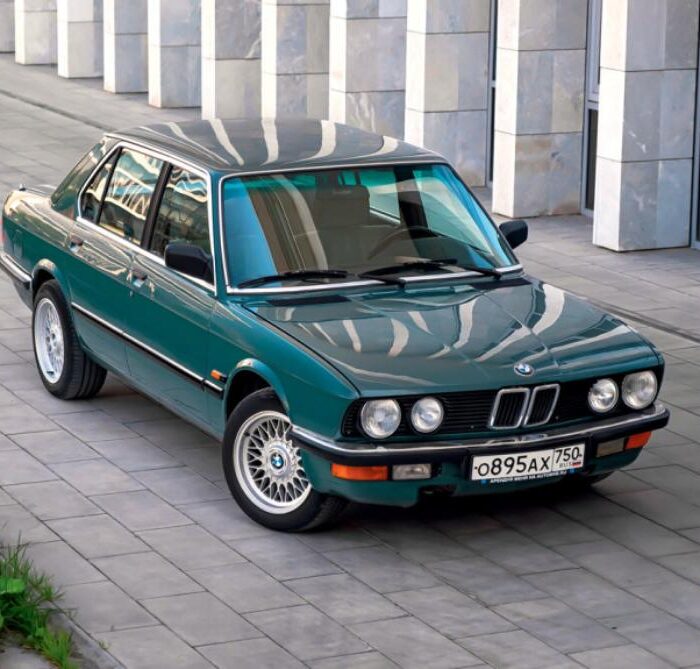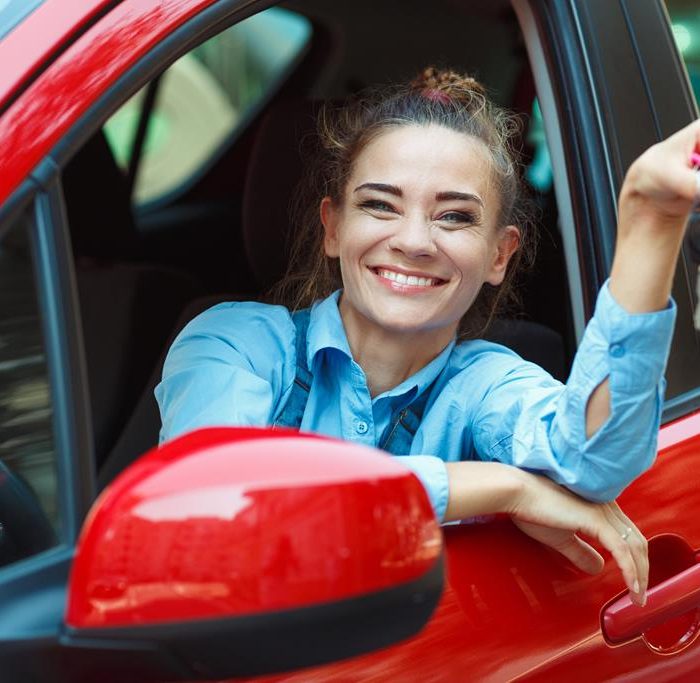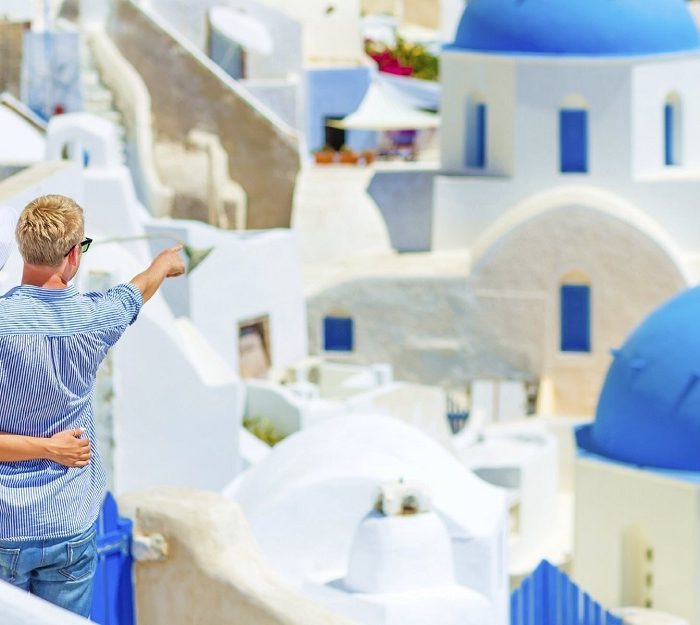Top 5 Reasons Why Australia is Perfect for Road Trips
Australia offers some of the world’s most spectacular road trip experiences, combining stunning landscapes with excellent infrastructure. Whether you’re planning a coastal drive or an outback adventure, Australia delivers unforgettable experiences for road trip enthusiasts. Here’s why you should consider Australia for your next road trip:
- Diverse and breathtaking landscapes – From coastal highways to desert roads
- World-class road infrastructure – Well-maintained highways and scenic routes
- Unique wildlife encounters – Experience Australia’s iconic animals in their natural habitat
- Pristine beaches and coastal drives – Explore thousands of kilometers of stunning coastline
- Safe and tourist-friendly environment – Excellent facilities and services for international visitors
Australia’s Road Network: What to Expect
Australia boasts an extensive road network spanning over 900,000 kilometers, with approximately 350,000 kilometers of sealed (paved) roads. The country’s highway system is renowned for its quality and safety standards.
Road Quality and Infrastructure
- Sealed roads: Excellent condition with regular maintenance
- Unsealed roads: Generally well-graded and suitable for conventional vehicles
- Highway standards: Many routes meet international standards for safety and comfort
Toll Roads in Australia
Toll roads are primarily located in major metropolitan areas. Here’s what you need to know:
- Location: Mainly in Sydney, Melbourne, and Brisbane
- Payment: Electronic toll collection systems – avoid attempting to bypass tolls
- Alternatives: Free alternative routes are usually available in cities
- Inter-city travel: Roads between major cities are toll-free
Australian Grand Prix and Road Quality
Australia’s road quality is so exceptional that the country hosts Formula One racing. The Melbourne Grand Prix Circuit around Albert Park Lake has been home to the Australian Grand Prix since 1996, showcasing the country’s commitment to maintaining world-class road infrastructure.
Car Rental in Australia: Complete Guide
Renting a car in Australia is straightforward, with numerous agencies available at airports and in city centers. Here’s everything you need to know about car rental requirements and procedures.
Car Rental Requirements
- Age requirements: 21-75 years old (25+ for 4WD vehicles)
- Driving experience: Minimum 2 years of driving experience required
- Documentation needed:
- Valid driver’s license (English) or International Driving Permit
- Passport and valid visa
- Credit card for security deposit
Important Car Rental Considerations
- Route restrictions: Some rental agreements require specified travel routes
- Territory limitations: Access to certain areas (like Kangaroo Island) may be restricted
- Additional drivers: Extra fees may apply for multiple drivers
- Left-hand driving: Australia follows left-hand traffic rules
Insurance and Payment Tips
- Comprehensive insurance: Reduces or eliminates security deposits
- Credit card benefits: Gold/Platinum cards may include rental car insurance
- Campervan options: RV and caravan rentals are widely available
Australian Driving Laws and Road Safety
Understanding and following Australian road rules is essential for a safe and enjoyable trip. Australia maintains strict traffic enforcement to ensure road safety for all users.
Speed Limits Across Australia
- Urban areas: 50-60 km/h (30-37 mph)
- Rural roads: 100 km/h (62 mph)
- Highways: Up to 130 km/h (80 mph) in some areas
Traffic Fines and Penalties
Australia enforces traffic laws strictly with significant financial penalties. All fines must be paid within specified timeframes, typically through designated payment centers or online systems.
- Speeding violations: Fines range from AUD $200-$3,000+ depending on severity
- Red light violations: Approximately AUD $400-$500
- Illegal overtaking: Around AUD $300-$400
- Seatbelt violations: Approximately AUD $200-$300
Essential Road Rules to Remember
- Seatbelts: Mandatory for all passengers
- Wildlife encounters: Exercise extreme caution, especially at dawn and dusk
- Double line crossing: Permitted when turning (unlike many countries)
- U-turns at intersections: Generally prohibited unless signposted
Traffic Enforcement and Surveillance
Australia employs extensive traffic monitoring systems including speed cameras, red light cameras, and mobile enforcement units. Violations are automatically recorded and fines are issued to vehicle owners.
Pedestrian Crossings
Australian pedestrian crossings are marked with distinctive bright yellow signs featuring walking foot symbols, making them easily recognizable for both drivers and pedestrians, including international visitors.
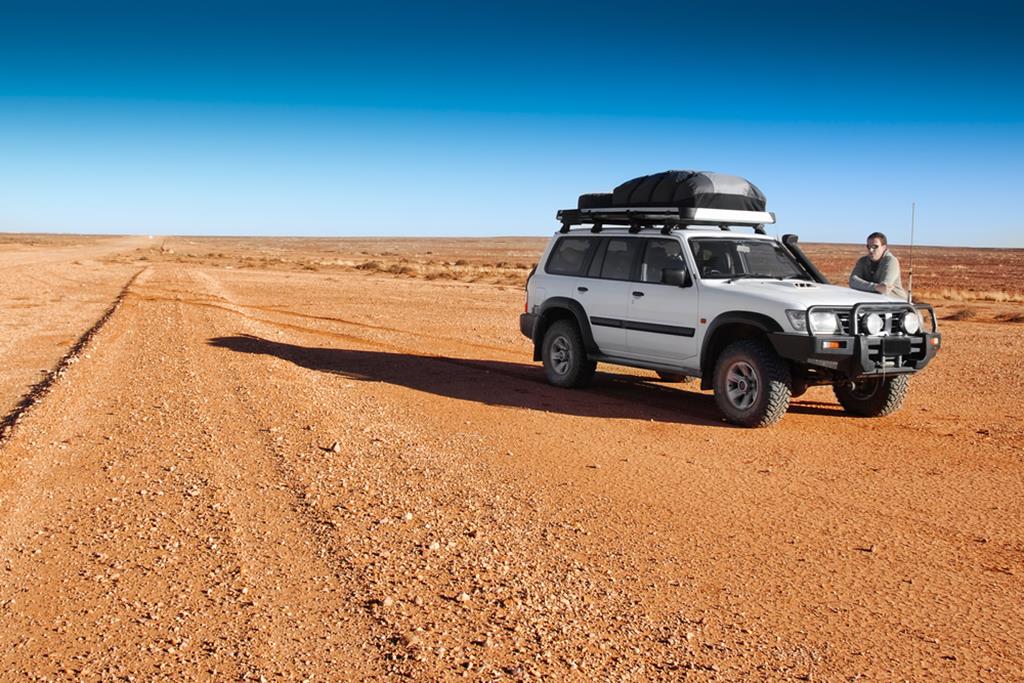
Fuel Stations and Refueling Guide
Planning fuel stops is crucial for Australian road trips, as distances between service stations can be significant, especially in remote areas.
Fuel Station Distribution
- Urban areas: Frequent service stations with competitive pricing
- Rural and remote areas: Limited options – plan ahead
- Outback travel: Carry extra fuel for long stretches
Payment and Operating Hours
- 24/7 automated stations: Credit card required
- Staffed stations: Cash accepted, limited daytime hours
- Fuel pricing: Displayed in cents per liter (three-digit numbers)
- Price variations: Significant differences between urban and rural areas
Fuel Costs and Quality
Australian fuel prices are competitive internationally, with excellent quality standards across all fuel types. Expect to pay around AUD $1.50-$2.00 per liter, depending on location and fuel type.
Parking Rules and Regulations
Understanding Australian parking regulations helps avoid costly fines and ensures smooth city navigation. Here’s what you need to know about parking legally in Australia:
No Parking Zones – Avoid These Areas
- Yellow curb lines: Indicates no parking zones
- Yellow/white zigzag lines: Bus and taxi stops – no parking or stopping
- Red circle with “S” crossed out: No stopping zone
- “Clear Away” signs: Time-restricted no parking areas
- Red circle with “P” crossed out: No parking (stopping for loading may be permitted)
- Taxi and bus zones: Reserved for authorized vehicles only
Parking Payment Methods
- Modern parking meters: Accept credit cards and mobile payments
- Traditional meters: Coin-operated systems
- Parking apps: Many cities offer mobile parking applications
- Parking centers: Often provide special offers and loyalty programs
Accommodation Options for Road Trippers
Australia offers diverse accommodation options for road trip travelers, from budget-friendly camping to luxury resorts. Choose the option that best fits your travel style and budget.
Popular Accommodation Types
- Motels: Budget-friendly roadside accommodation (breakfast typically not included)
- Serviced apartments: Self-contained units with kitchen facilities
- Bed & Breakfasts: Private rooms in family homes with breakfast included
- Caravan parks: Budget cabins, powered sites, and camping facilities
- Campervan/RV travel: Self-contained accommodation on wheels
Important Accommodation Notes
- Australian “hotels”: Often refer to pubs rather than accommodation
- Free camping restrictions: Limited areas where overnight parking is permitted
- B&B family policies: Not all establishments accept children – confirm in advance
- Advance booking: Recommended, especially during peak seasons
Caravan Parks – The Australian Experience
Caravan parks are an integral part of Australian travel culture, offering excellent value and facilities:
- Accommodation options: Cabins, villas, powered campsites, and tent areas
- Facilities included: Bathrooms, showers, laundry, fully equipped kitchens
- Recreation amenities: Swimming pools, playgrounds, BBQ areas, and saunas
- Community atmosphere: Popular with both tourists and locals
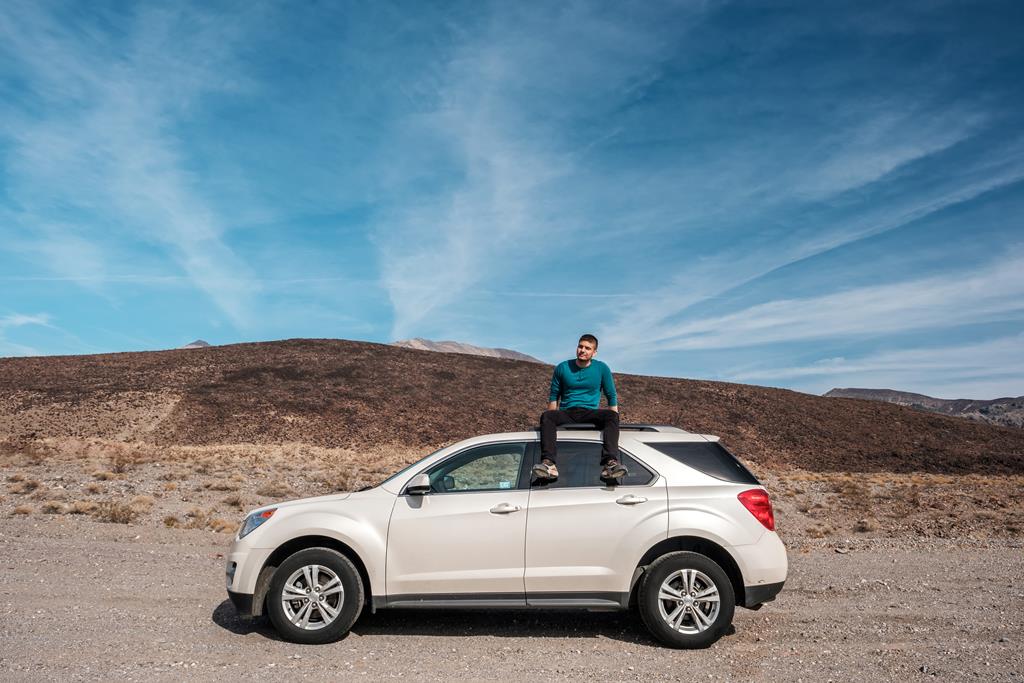
Essential Documents for Your Australian Road Trip
Proper documentation is crucial for a smooth Australian road trip experience. Ensure you have all required documents before departure and keep them easily accessible throughout your journey.
Must-Have Documents
- International Driving Permit (IDP): Essential for legal driving
- Valid passport: Required for entry and identification
- Australian visa: Appropriate visa for your visit duration
- Car rental agreement: Keep readily available while driving
- Insurance documentation: Travel and vehicle insurance papers
Have a safe and memorable road trip in Australia! Proper preparation with the right documents, especially your International Driving Permit, will ensure you can focus on enjoying the incredible landscapes and experiences that await you on Australian roads.

Published February 19, 2018 • 7m to read


